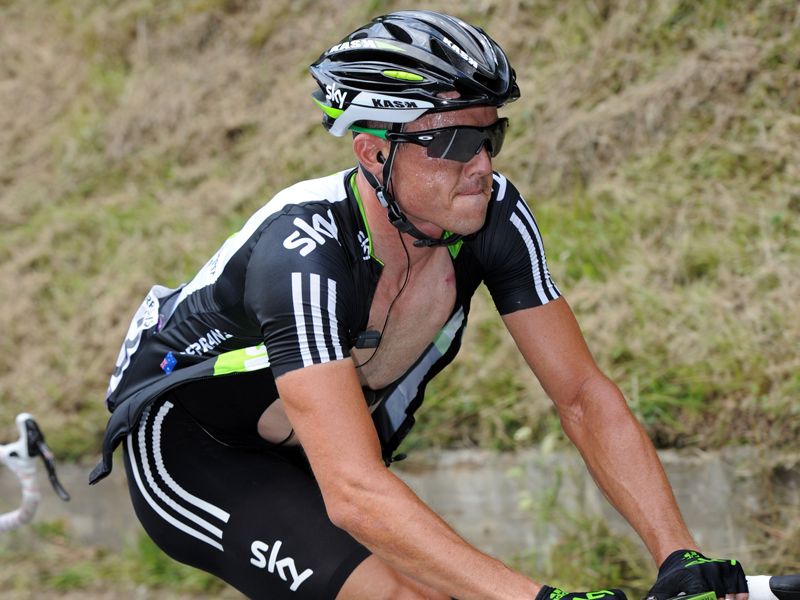- Jul 10, 2011
- 84
- 1
- 8,685
I have a serious question, as I have been a watcher of the TDF (16 years) and and have no road racing experience.
Why can't a rider, like Contador, use other team's engines to get him to the final attack point on the big hills? Can't he just tuck in, up near the front until he attacks? Or does this get trickier when there are 10-15 km to go and each GC hopeful -- except for one -- has, at best, one strong support rider still breathing? Is it still possible for that loner to take advantage of the actions of the few strong support riders left? Or will they split away from him?
Why can't a rider, like Contador, use other team's engines to get him to the final attack point on the big hills? Can't he just tuck in, up near the front until he attacks? Or does this get trickier when there are 10-15 km to go and each GC hopeful -- except for one -- has, at best, one strong support rider still breathing? Is it still possible for that loner to take advantage of the actions of the few strong support riders left? Or will they split away from him?









